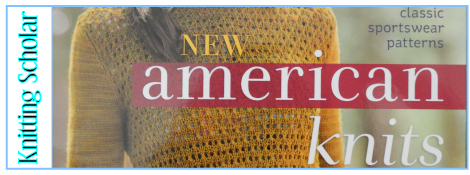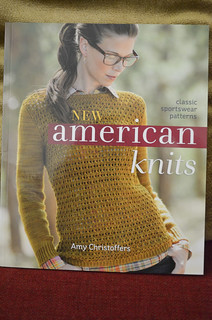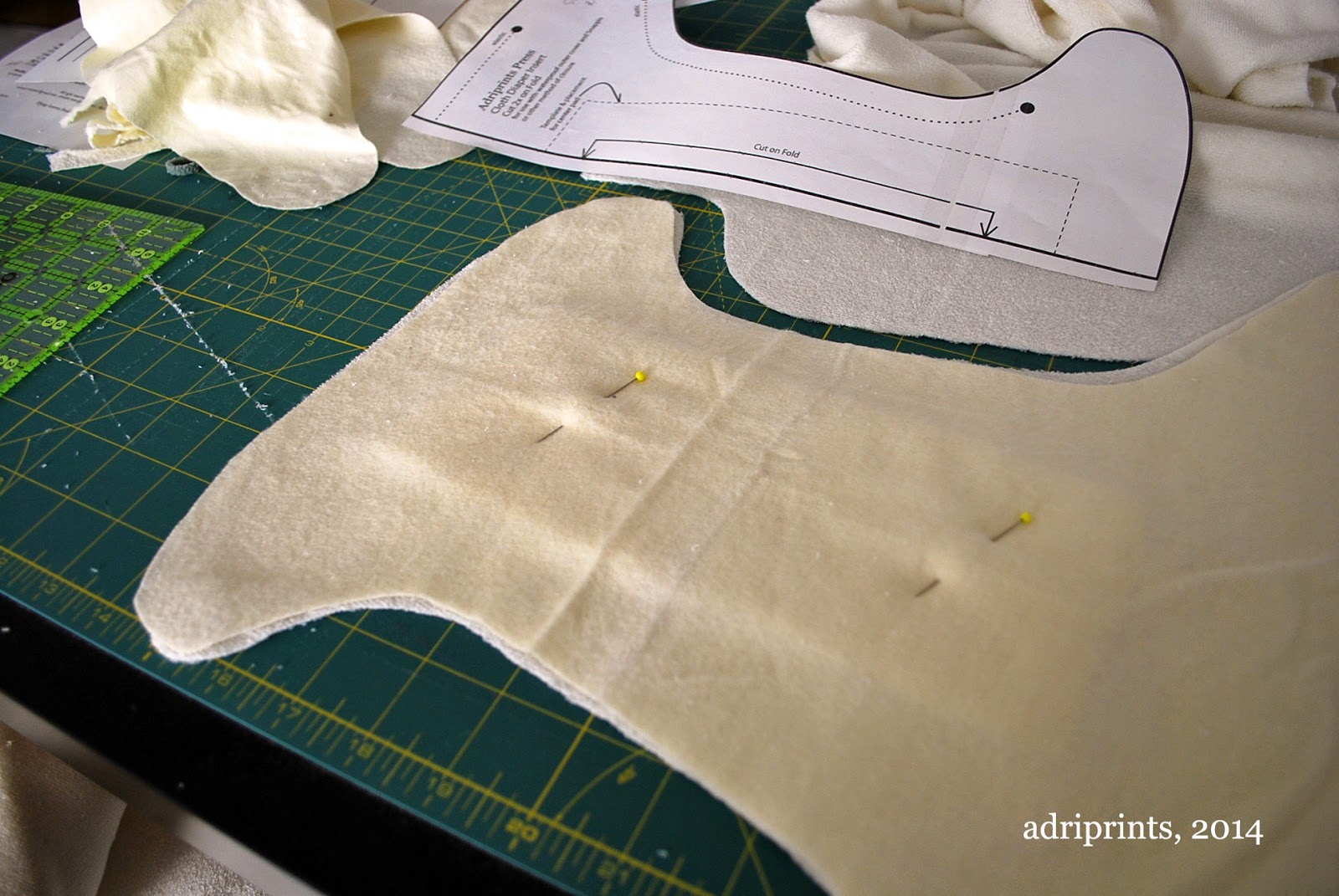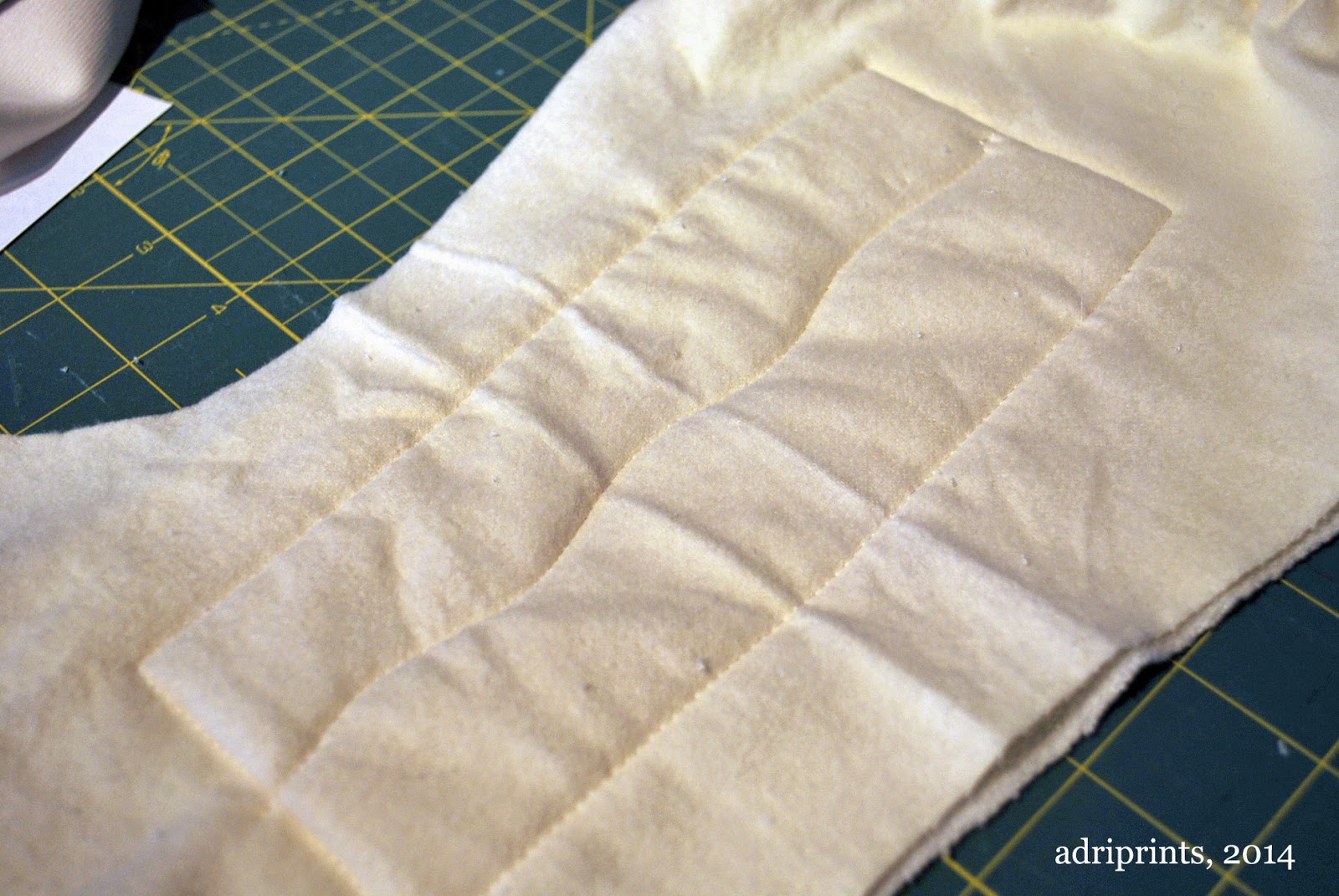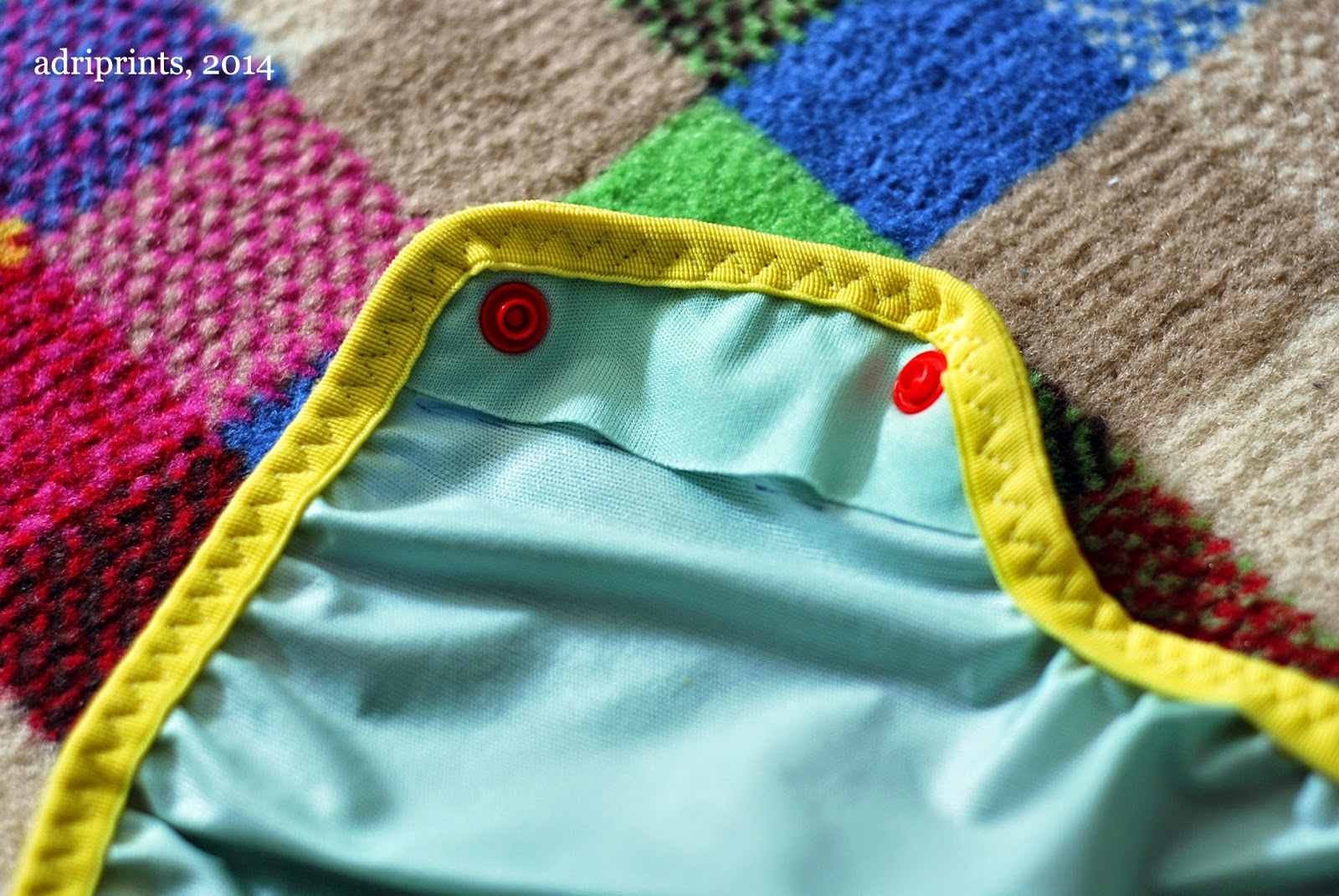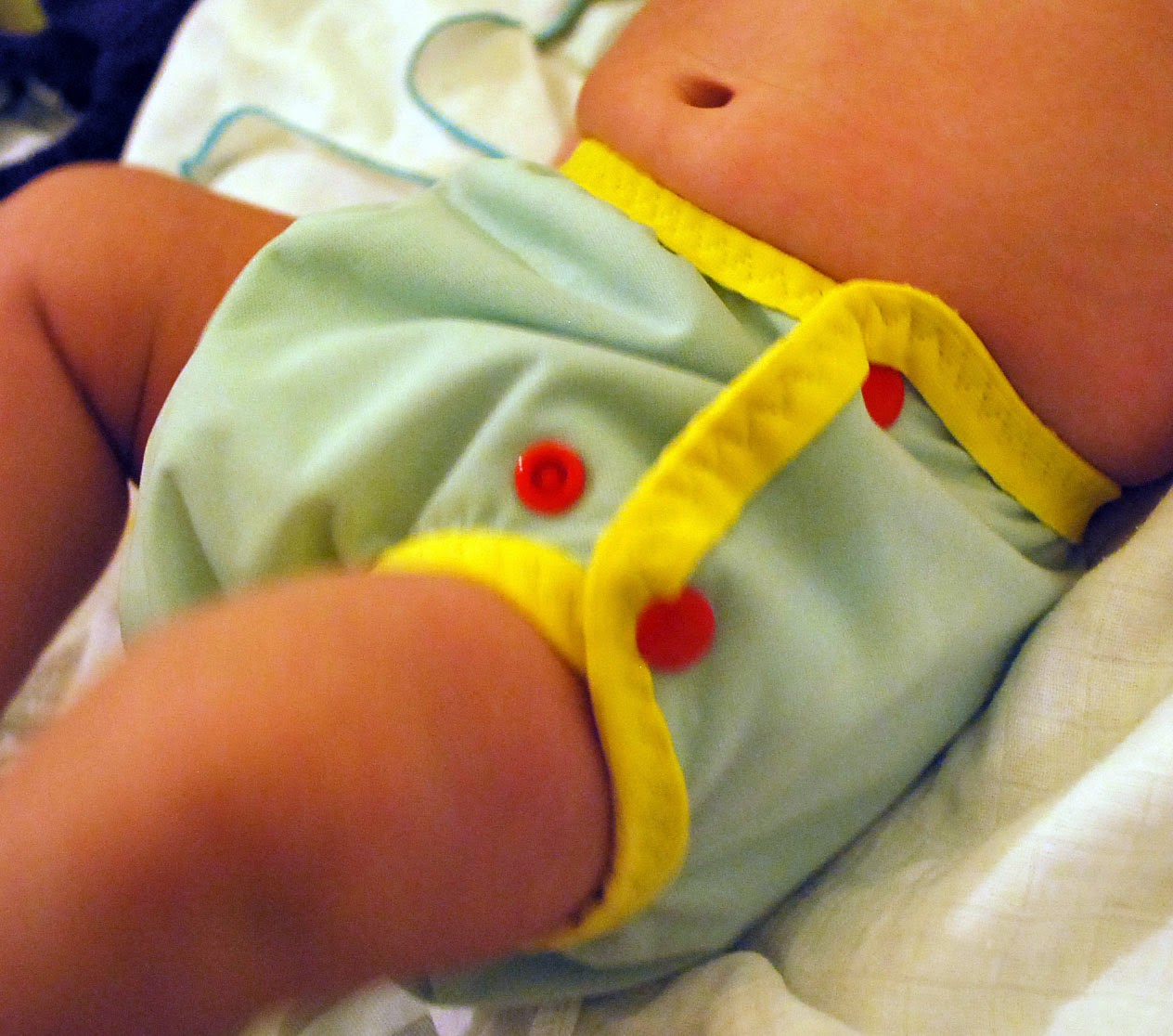How…and I mean how did it get to be mid August already? Yesterday the local public schools had their first day of school.
Seriously.
Honestly I could never understand this area’s fixation on being in school in August of all months. Isn’t that vacation month for most people?
Not that it matters for us; my kids won’t be back to school until September. Still, that isn’t all that far away, and that is where today’s hang ups are coming from. That and the fact that it is rainy 76 degrees. Fall weather. Fall weather in a month that is traditionally oppressive and over the one hundred degree mark.
The morning glories are blooming, which makes me crazy happy, and it means my birthday is just around the corner. Yet it’s still weird because I am just now getting my first ripe tomatoes off the vines (having planted them late didn’t help).
I am in no way ready for back to school, though. I am enjoying mornings of lazing about and reading whatever I please. I am not ready for the stress of worrying about making sure everyone is learning what they need to be.
There does feel like a lot of pressure to enjoy summer as much as we can for the next few weeks, and I’m not sure how to accommodate that other than to just let us all enjoy doing as much nothing as possible.
There’s been plenty of staying up late watching far too much crap tv, and I am loathe to give it up.
Fortunately I have one last get away between now and then. I’ll be headed up to a wedding in the Hudson Valley in a few weeks, and I am excited to see family that I haven’t spoken to in far too long.
I guess my point is, I need to slow down a bit and enjoy the slower pace while I can and not let all the back-to-school/fall-is-coming messages all around me sink in too deep.
Fall and school will get here soon enough, and I don’t want it said we didn’t enjoy summer as much as we could first.
Tagged: Garden, Seasons











